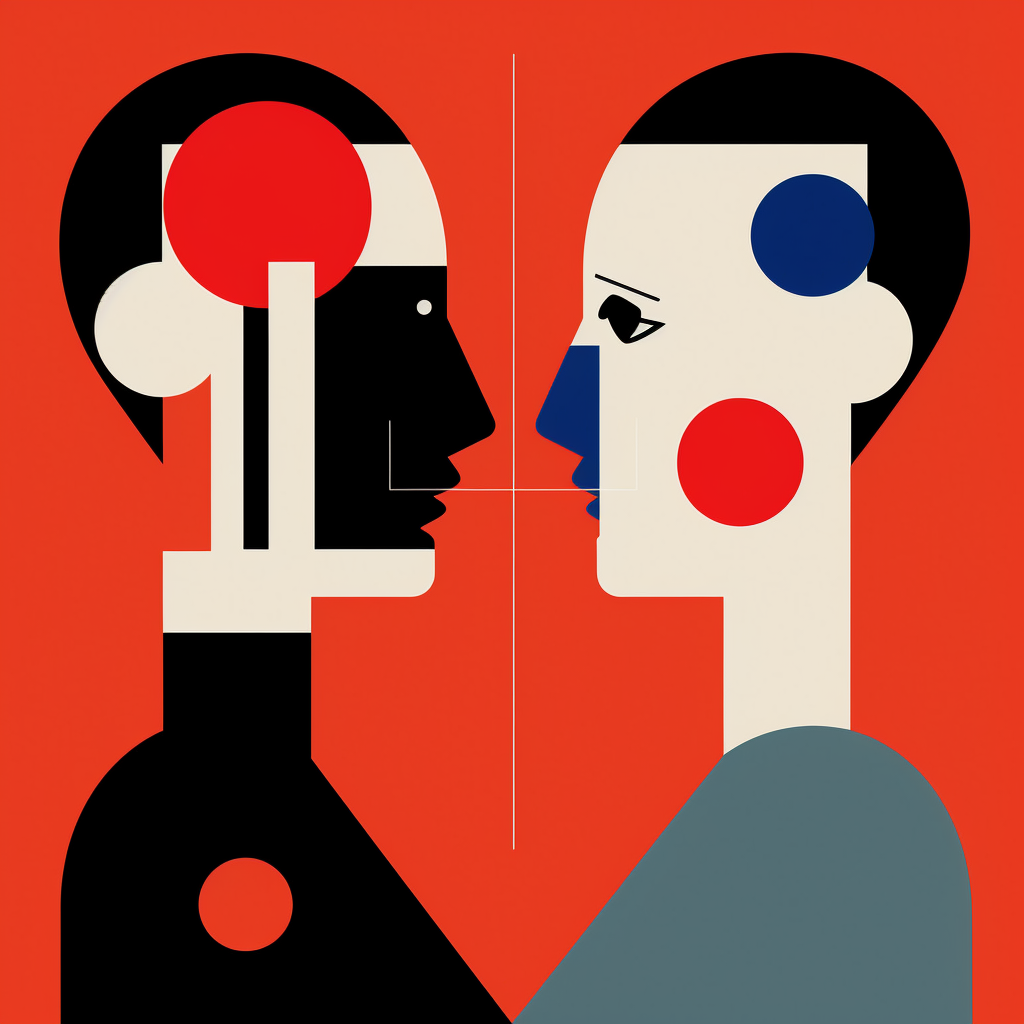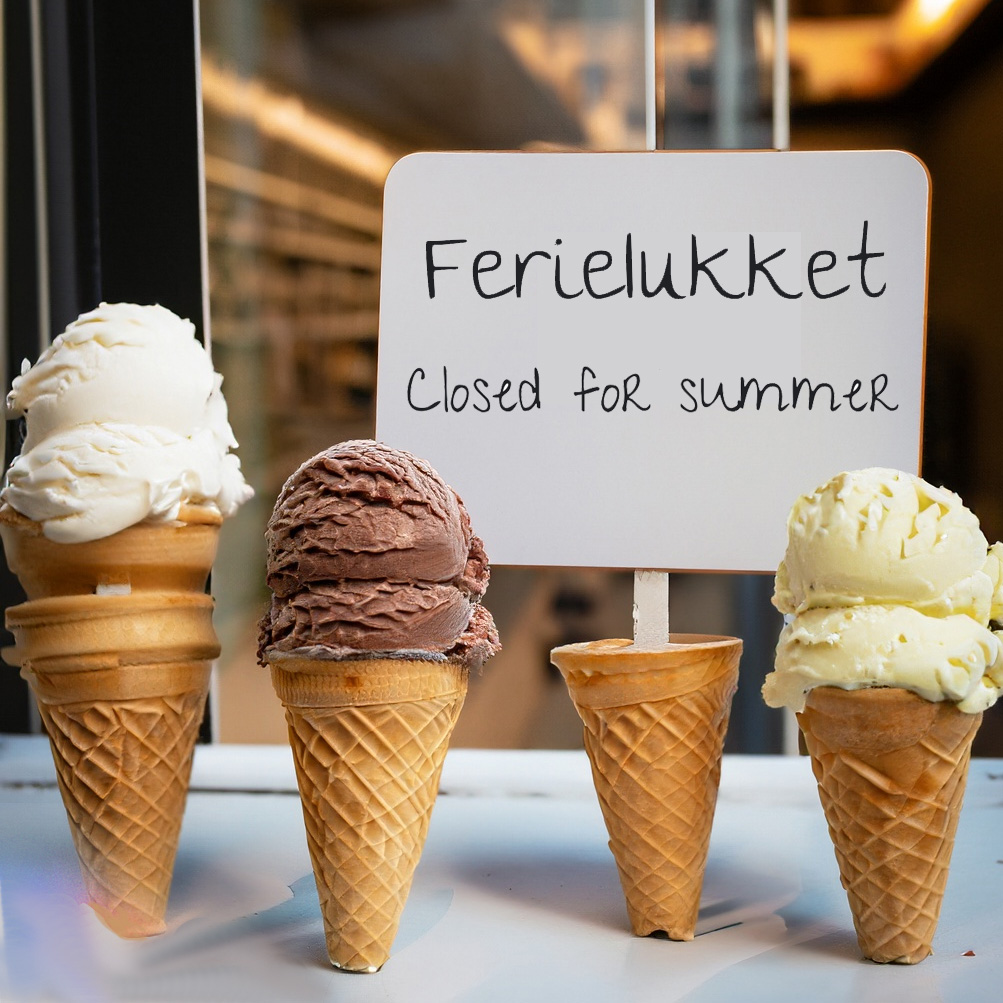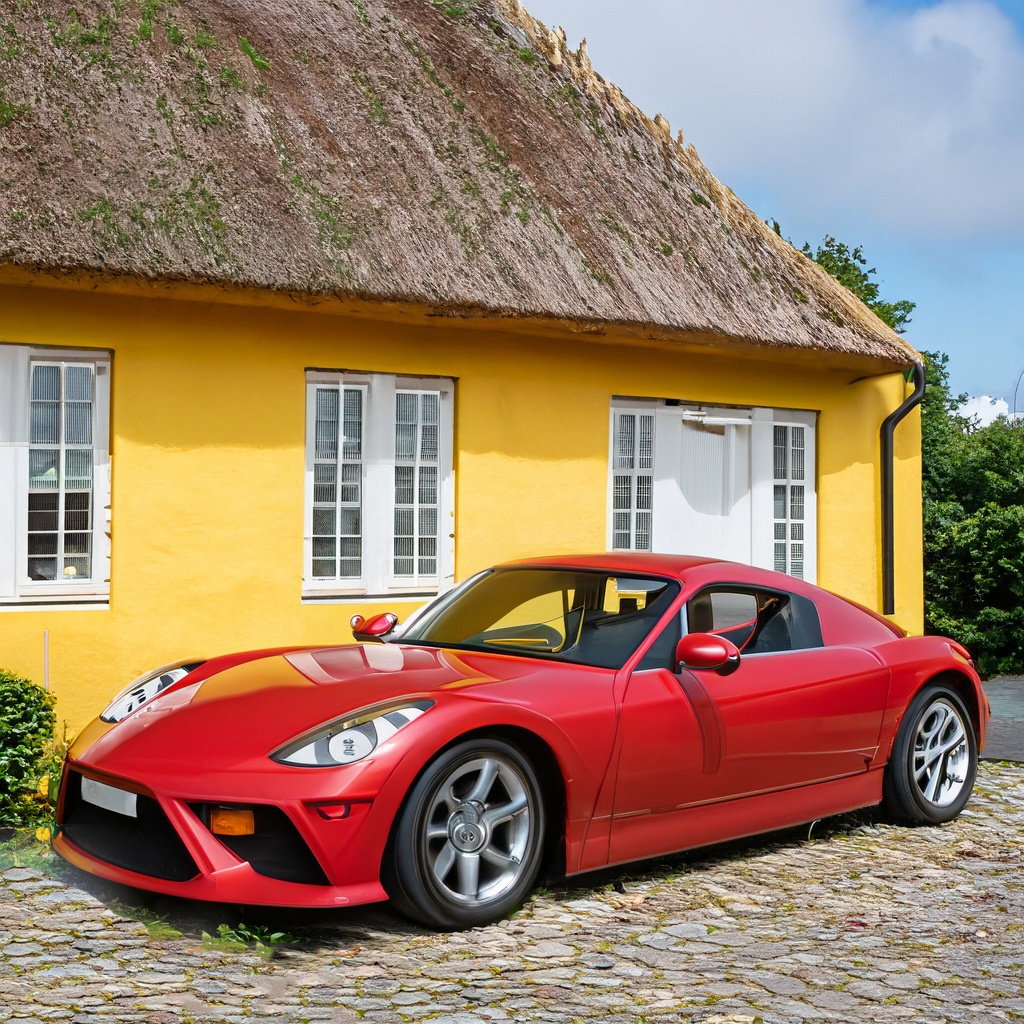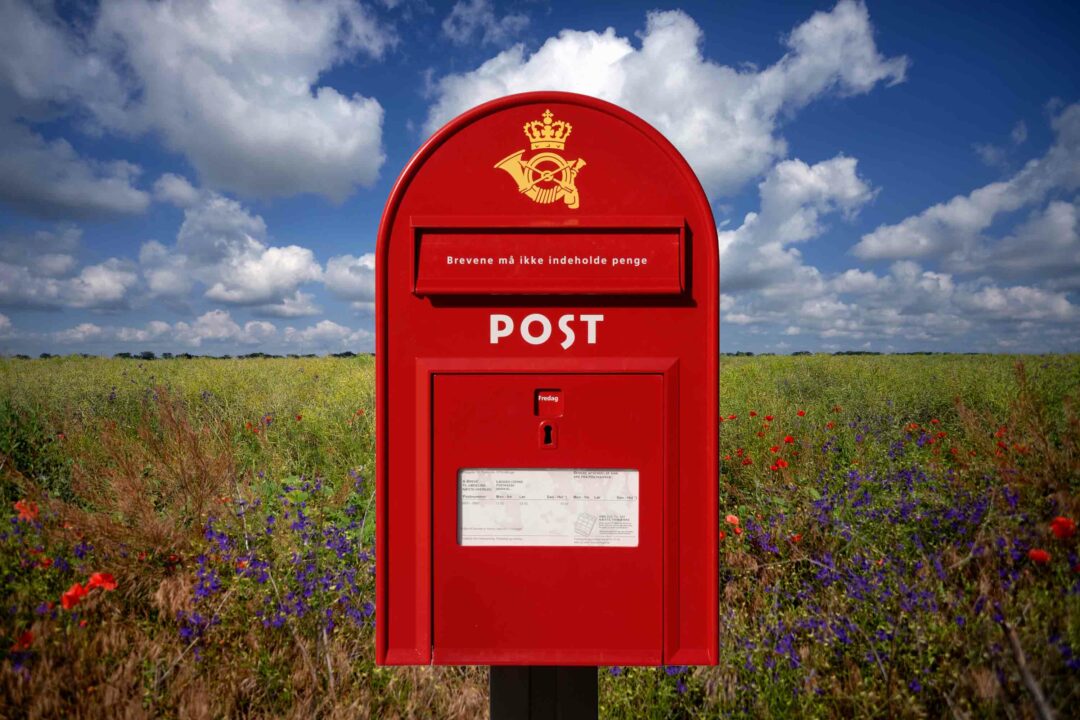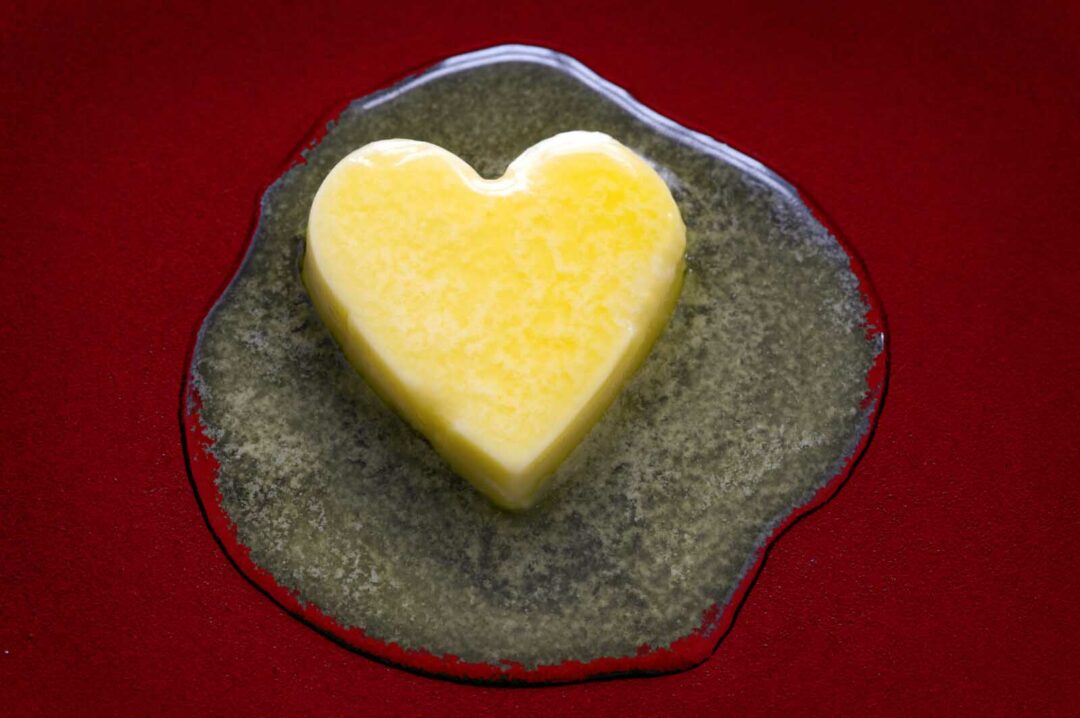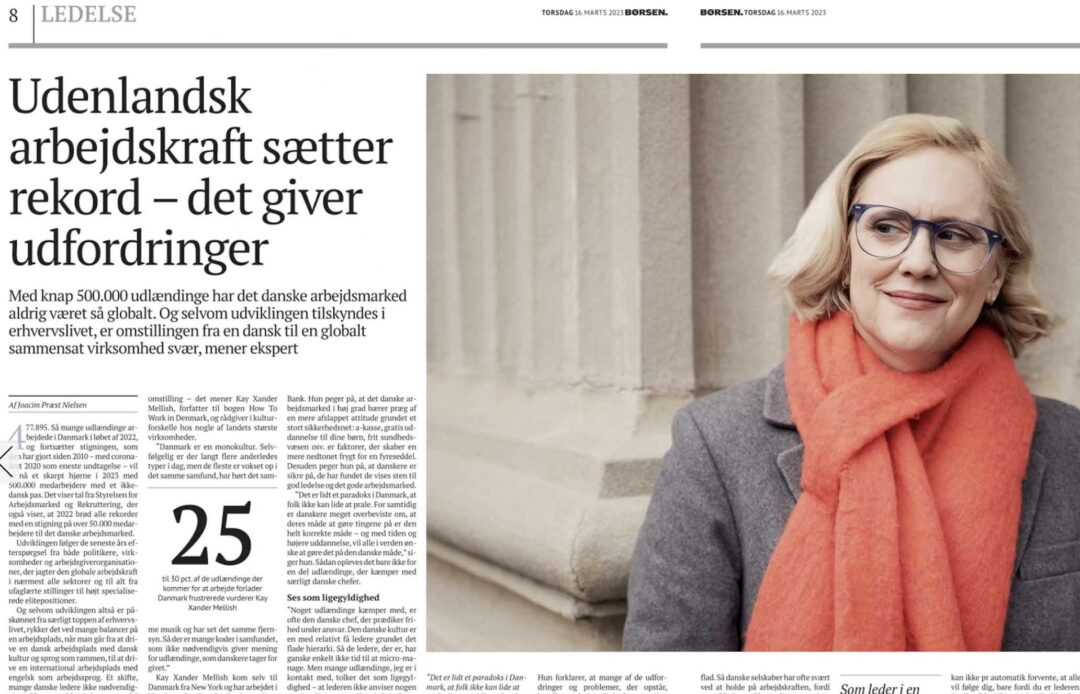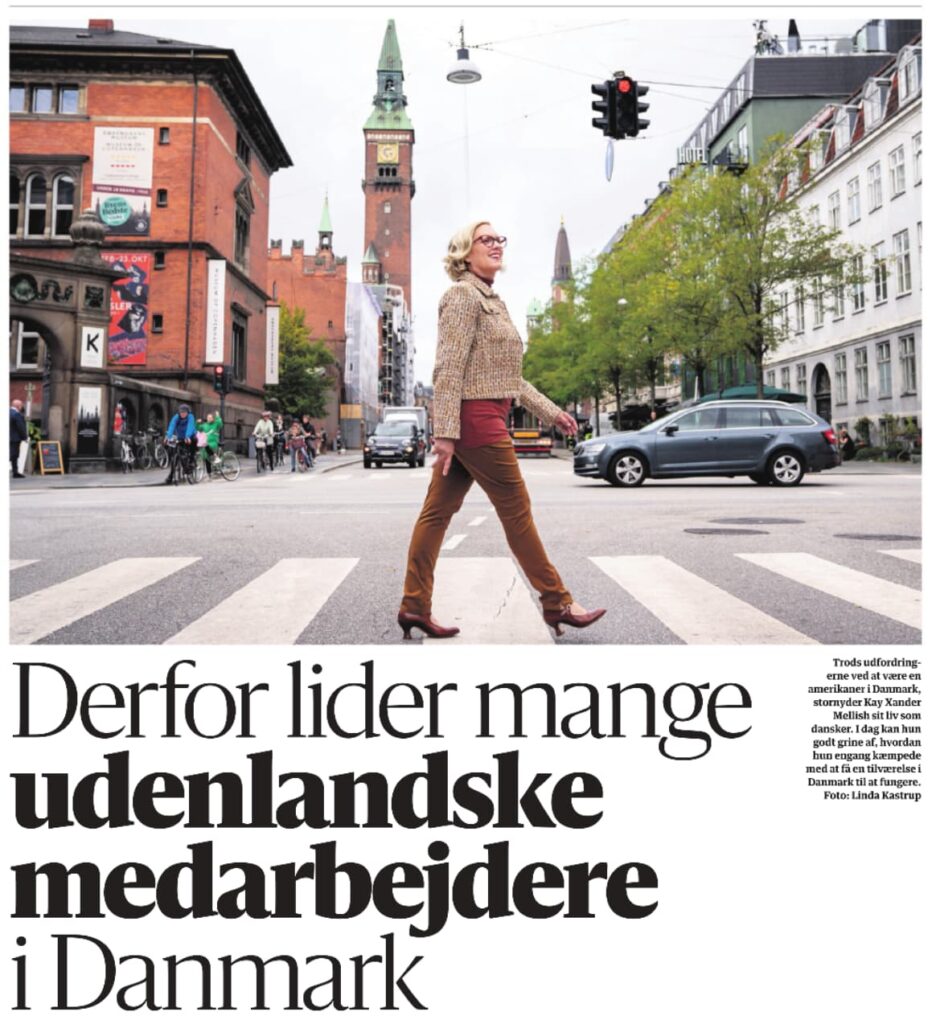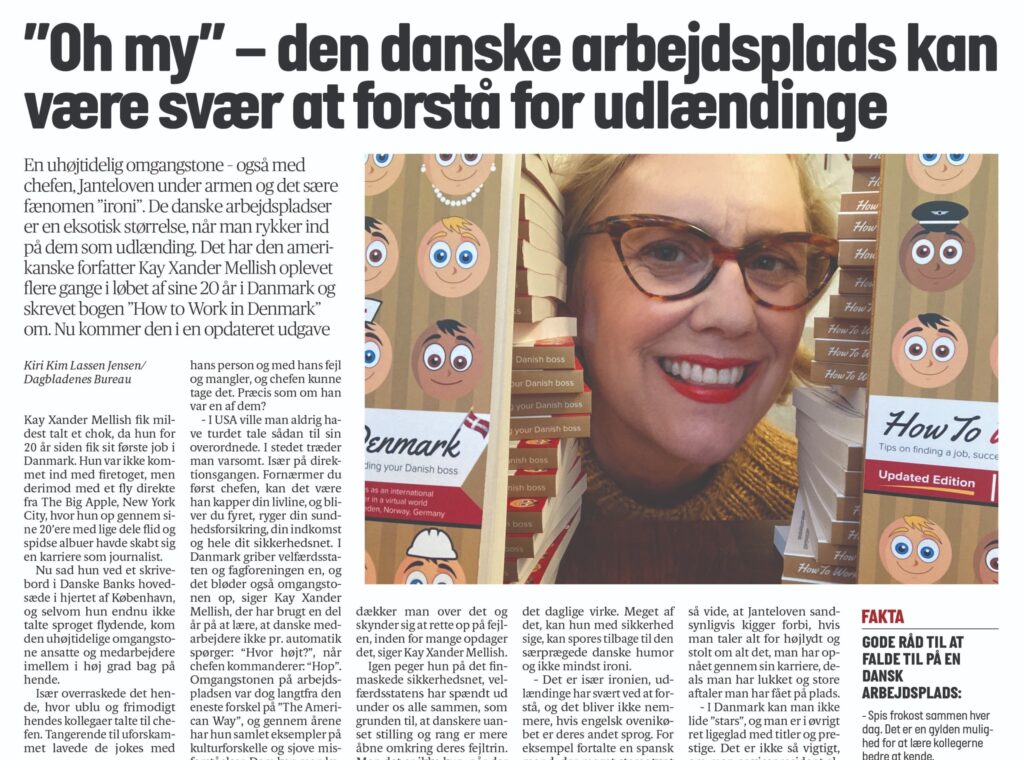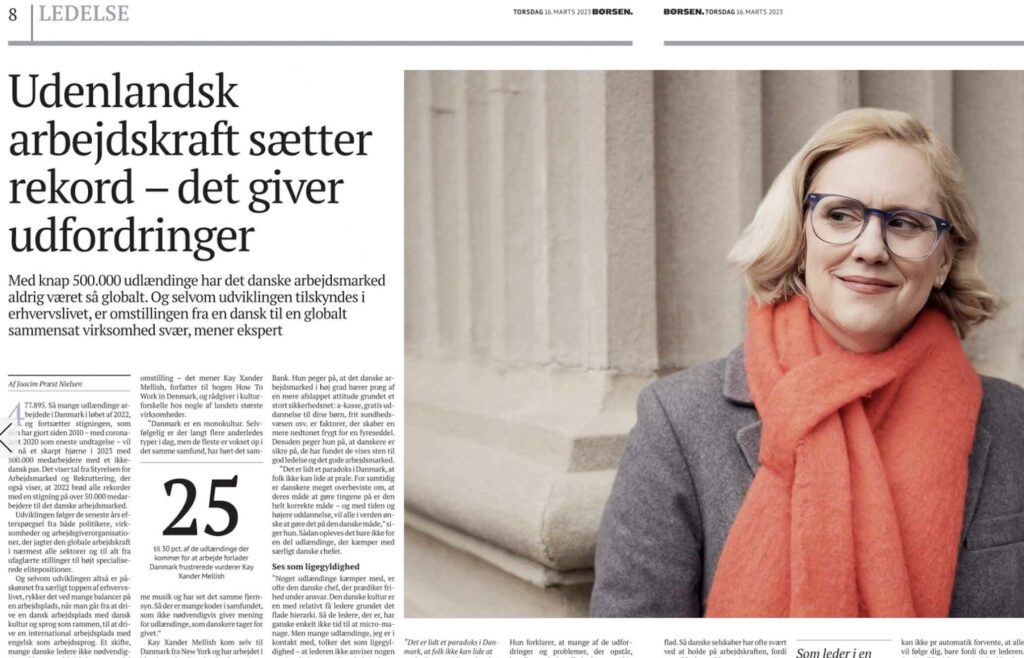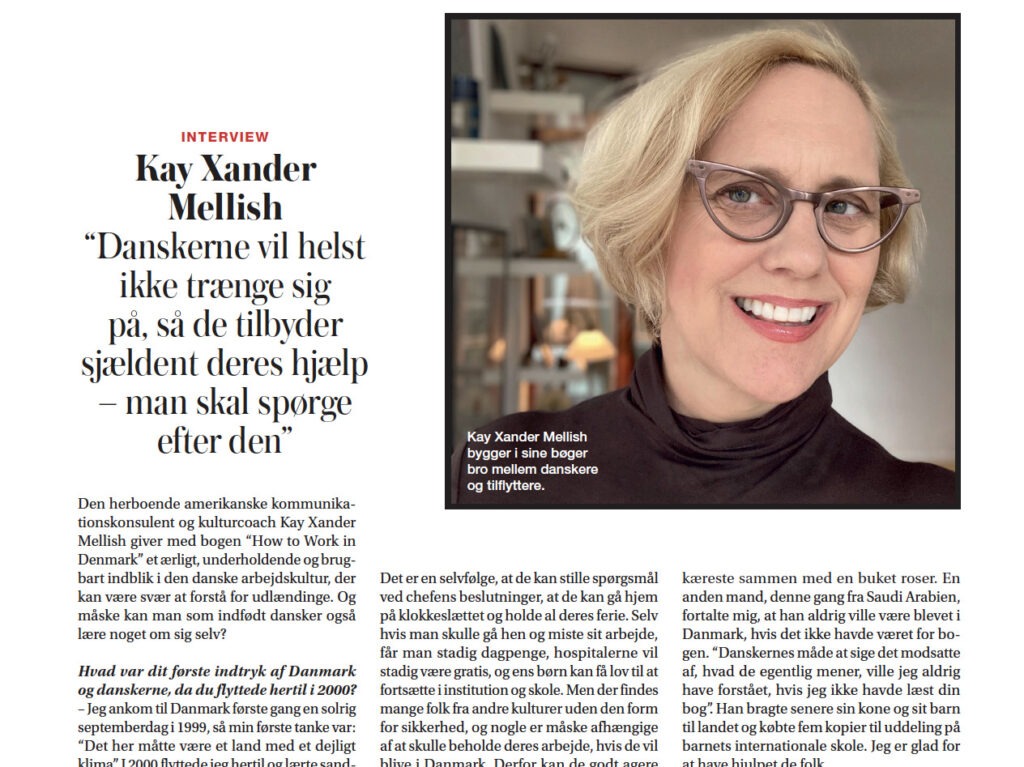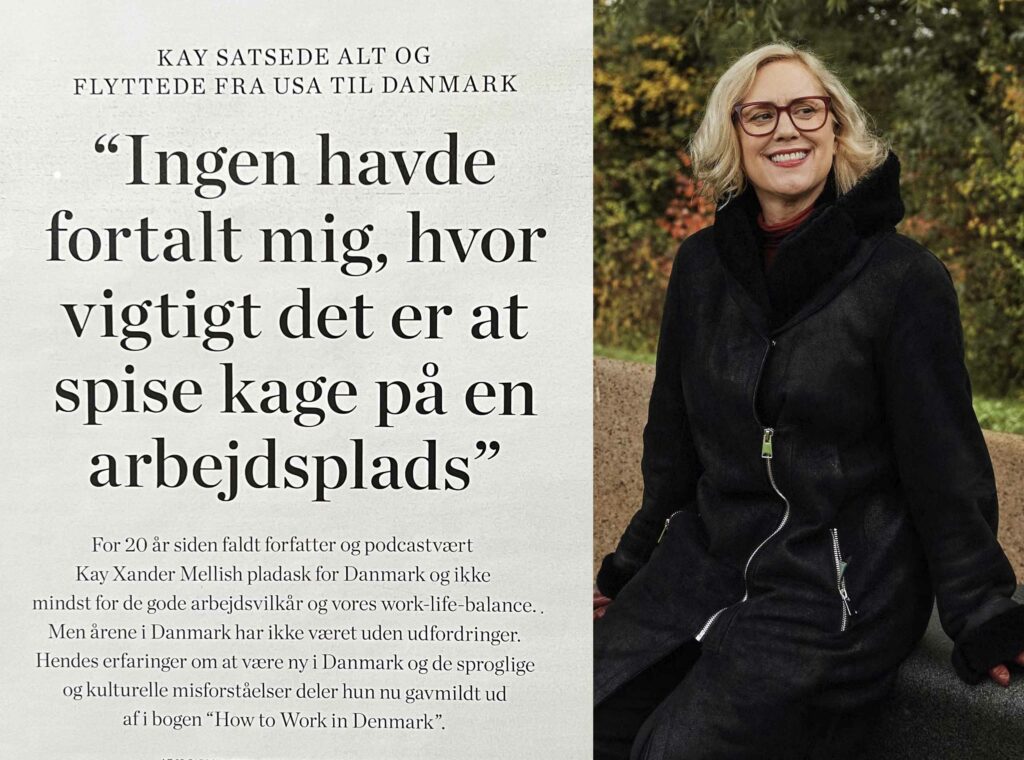It’s almost Week 1, in the weekly numbering system that’s widely used in Northern Europe, where the year starts with week 1 and runs through to Week 52 or 53, depending on the calendar.
It’s very efficient for planning, so you don’t have to say something messy like “What about that week that starts Monday June 3…” Week 1 starts on January 1, and everything follows that in perfect order.
But before that we have New Year’s Eve, a day that fills me with trepidation to be honest, because in Denmark, New Year’s Eve is all about amateur fireworks.
Cannonballs, Roman Candles, Ding Dongs, Triple Extremes – these are what you can purchase to set off yourself in a local parking lot, terrifying any nearby dogs or cats.
Having a family member in the hospital business, I can’t help but think that today, December 26, there are a few amateur fireworks fans who have perfectly well-functioning eyes and fingers who won’t have them on January 2.


